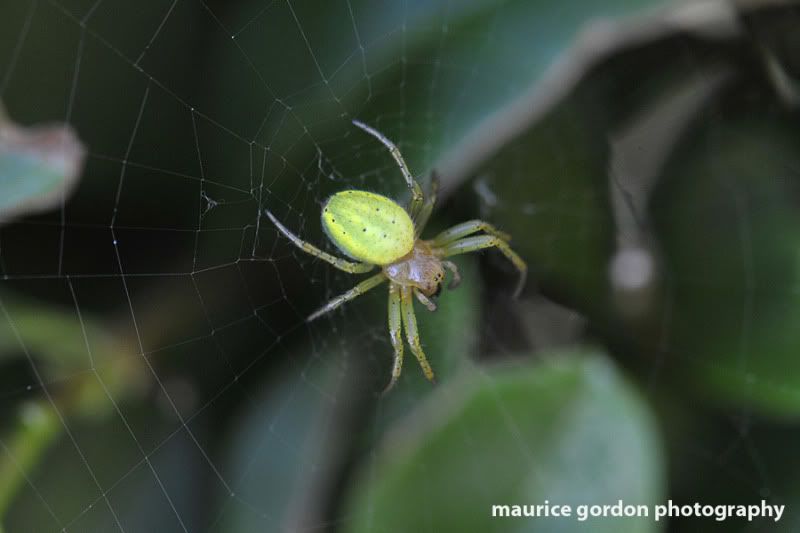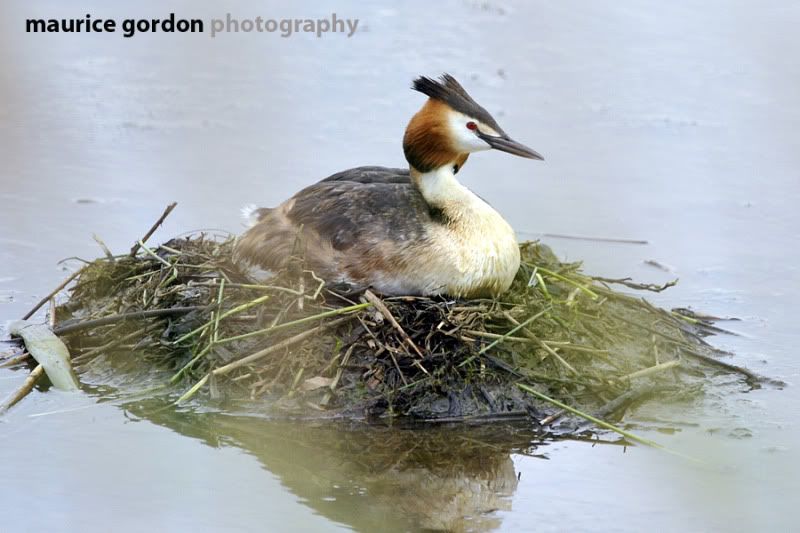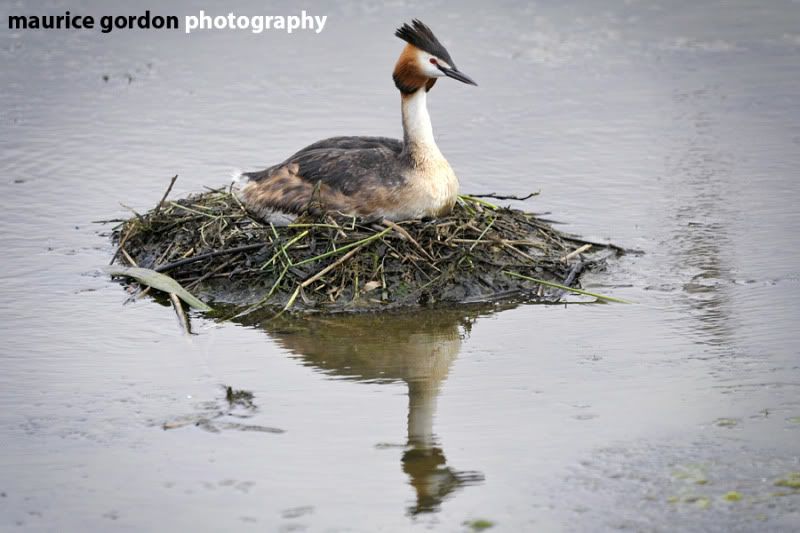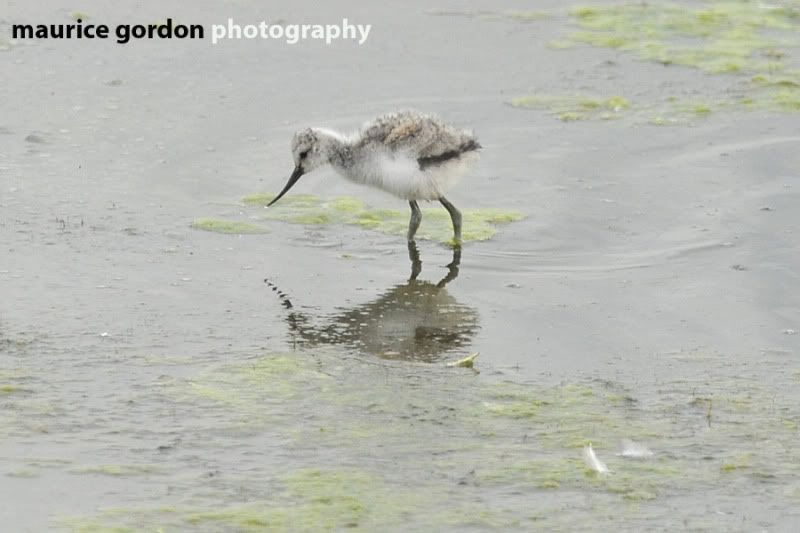Maurice Gordon Photography sites
Wildlife
I have always been passionate about wildlife and conservation and when not photographing people I can often be found out in the countryside and on nature reserves. Though we have of course lost species, we are lucky to still have such a diversity of birds, butterflies and insects in the British countryside. Many species are still under threat, but it is heartening to have met so many like minded people when out and about photographing the natural world.
You can contact me on 07866 316577 or via e-mail at info@mauricephotos.co.uk
TO GO STRAIGHT TO DETAILS OF PHOTOGRAPHY COURSES AND TO SEE SOME OF MY FAVOURITE IMAGES PLEASE CLICK HERE AND SCROLL DOWN
Some wildlife links:
Michael Flowers birdwatching classes and walks
Yorkshire Butterfly Conservation
Yorkshire Dragonflies
Yorkshire Wildlife Trust
Yorkshire Nature Triangle
Yorkshire Mammal Group
East Yorkshire Birding Forum
Birdguides
Tophill Low Nature Reserve
Yorkshire Red Kites
North Cave Wetlands Nature Reserve
The Wild Bird Cafe - North Cave Wetlands
Paull Holme Strays sightings
Potteric Carr Nature Reserve
Hull Valley Wildlife Group
Spurn Bird Observatory
Mike Robinson Bird Photos
Vince Cowell Photography
Steve Mulligan Bird Photography
David Ware - Wolds Birding
Paul Ashton East Yorkshire Wildlife
Wold Ranger
Beetle Boy's Bio Blog
Rory Selvey (age 13) Wildlife Photography
Kill the Badger Cull
The Brown Hairstreak Blog
Africa Gomez Bugblog
Zilch - eliminating litter
Keep Britain Tidy
Plantlife
Buglife
Next Photo Event dates to be announced...
You can contact me on 07866 316577 or via e-mail at info@mauricephotos.co.uk
TO GO STRAIGHT TO DETAILS OF PHOTOGRAPHY COURSES AND TO SEE SOME OF MY FAVOURITE IMAGES PLEASE CLICK HERE AND SCROLL DOWN
Some wildlife links:
Michael Flowers birdwatching classes and walks
Yorkshire Butterfly Conservation
Yorkshire Dragonflies
Yorkshire Wildlife Trust
Yorkshire Nature Triangle
Yorkshire Mammal Group
East Yorkshire Birding Forum
Birdguides
Tophill Low Nature Reserve
Yorkshire Red Kites
North Cave Wetlands Nature Reserve
The Wild Bird Cafe - North Cave Wetlands
Paull Holme Strays sightings
Potteric Carr Nature Reserve
Hull Valley Wildlife Group
Spurn Bird Observatory
Mike Robinson Bird Photos
Vince Cowell Photography
Steve Mulligan Bird Photography
David Ware - Wolds Birding
Paul Ashton East Yorkshire Wildlife
Wold Ranger
Beetle Boy's Bio Blog
Rory Selvey (age 13) Wildlife Photography
Kill the Badger Cull
The Brown Hairstreak Blog
Africa Gomez Bugblog
Zilch - eliminating litter
Keep Britain Tidy
Plantlife
Buglife
Next Photo Event dates to be announced...
Tuesday 28 June 2011
Monday 27 June 2011
Hot Dragons...

Sunday was what I think you could technically call bloomin' hot! Perfect conditions for lots of dragonfly activity at North Cave Wetlands. A couple of male Emperor dragonflies were hawking around the dragonfly ponds and there was also a lot of Black-tailed Skimmer activity. In flight shots are always tricky, but the very bright conditions certainly helped to get the shutter speeds up nice and high.
Male Emperor in bright green and blue livery pictured above and below
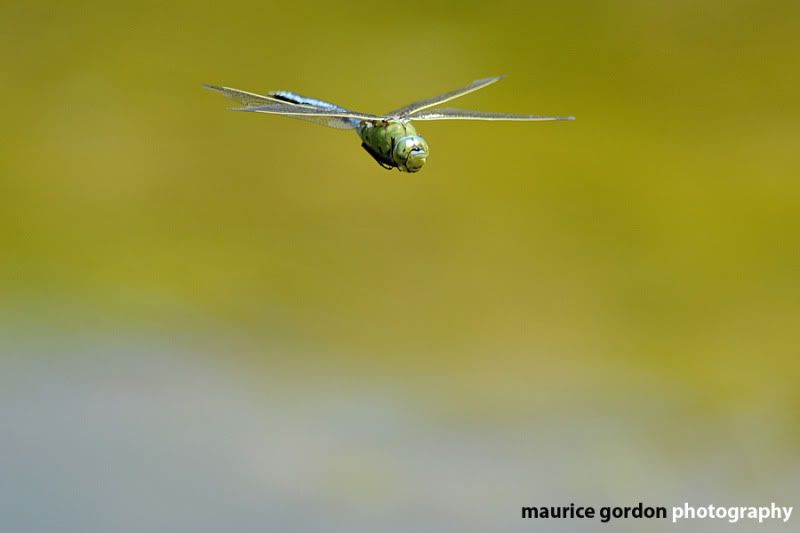
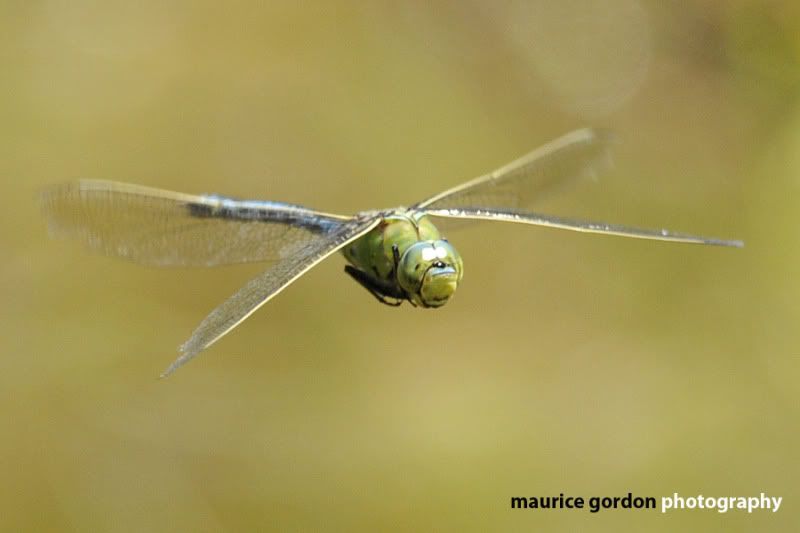
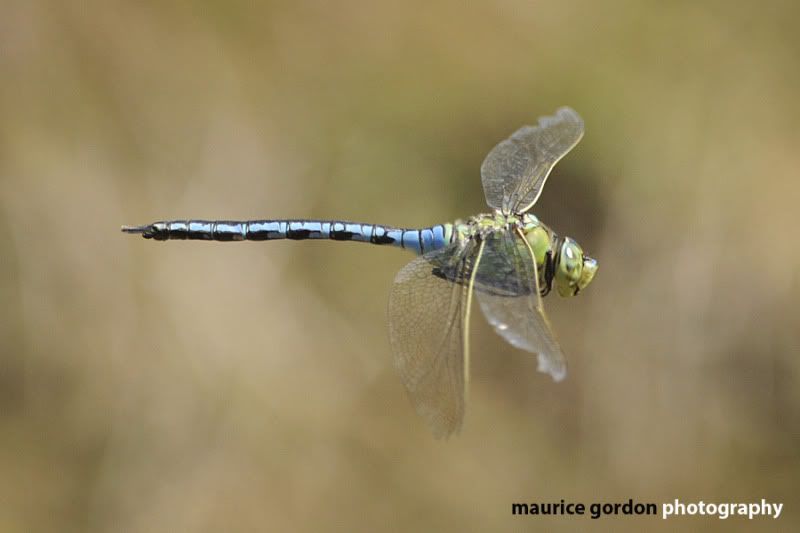
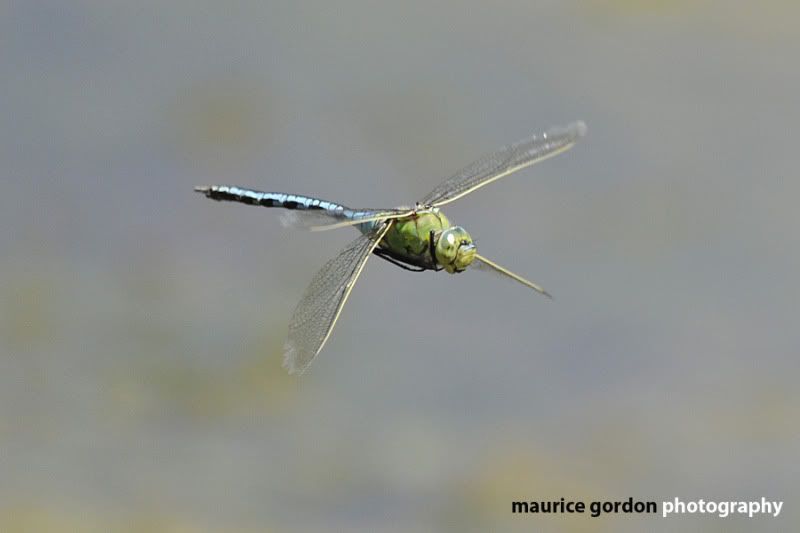
Female Emperor ovipositing in the pond

Black-tailed Skimmer male
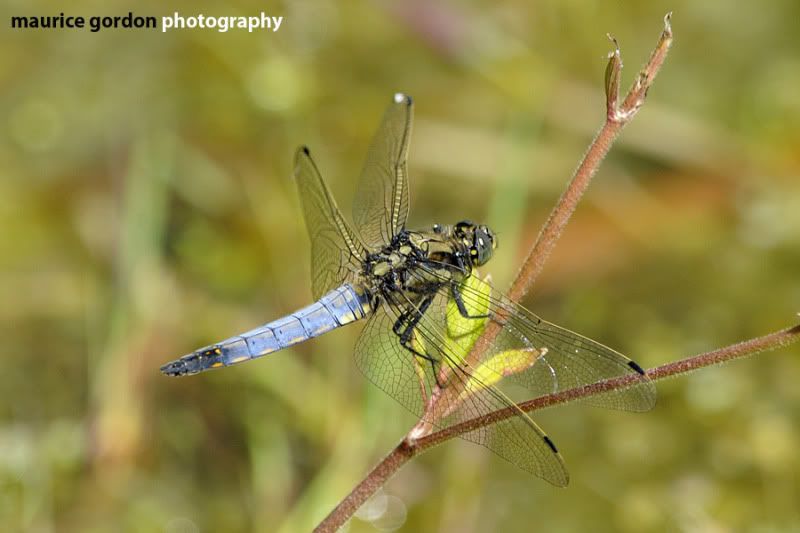
and showing interest in a female
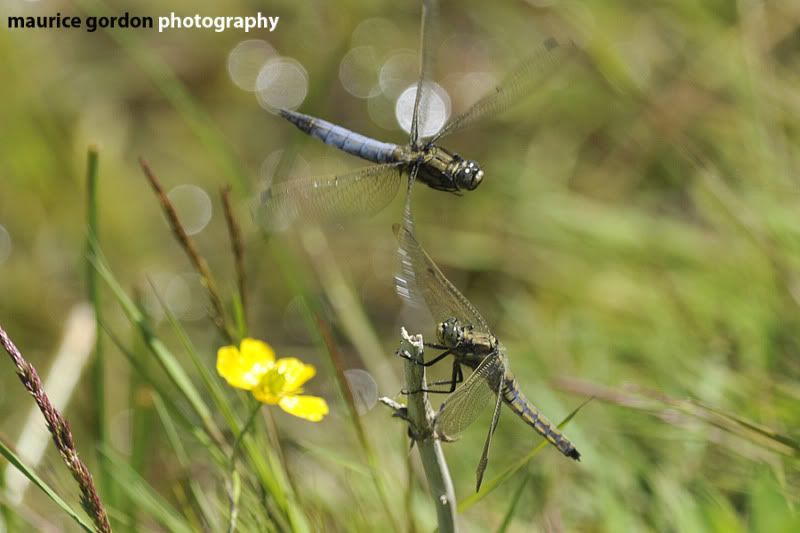
getting to know you...
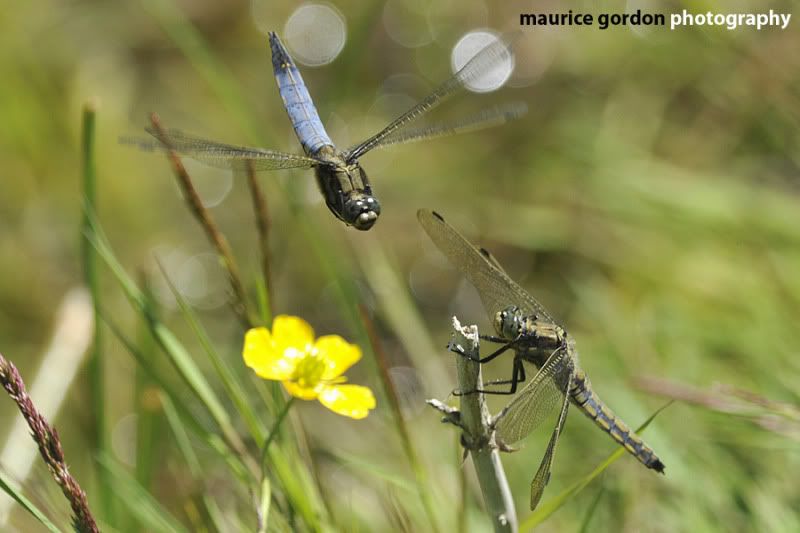
what looks like aerial mating could well be the male Black-tailed Skimmer trying to shake any eggs from the female previously fertilized by other males

Male Emperor with Black-tailed Skimmer in background
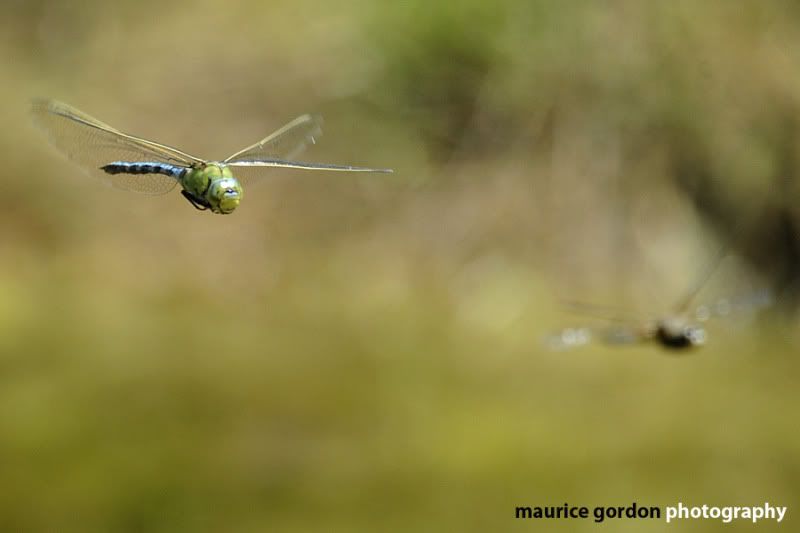
Thursday 23 June 2011
Heath Fritillary in Kent
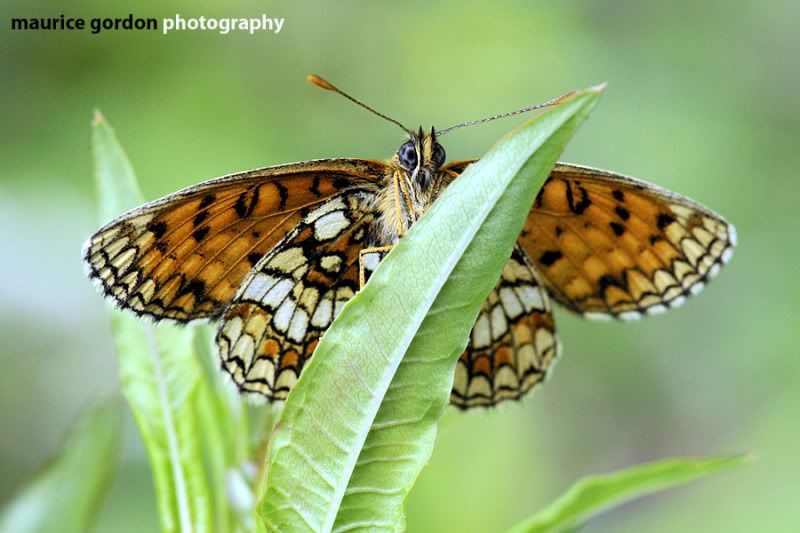
I was working in London on Sunday so planned to stay over and look for Heath Fritillary in one of their Kent strongholds on Monday. Another one of our rare butterflies, the species came close to extinction in Britain at the end of the last century and now survives only in Kent and Essex, on Exmoor in Somerset and also in Cornwall and Devon and usually where habitat is managed. The Kent and Essex populations prefer coppiced woodland and the foodplant is Common Cow-wheat. In times gone by the butterfly was known as the woodman's friend as it would populate new areas of coppice as they were cut. On Exmoor the caterpillars will also feed on Foxglove in sheltered valleys. The Devon and Cornwall populations live in abandoned hay meadows where foodplants are Ribwort Plantain and Germander Speedwell.
The weather on Monday morning didn't look too promising being overcast and rather damp. I was also aware that due to our warm Spring these sun loving butterflies had started to emerge extremely early this year with the first sighting on 12th May - ten days earlier than previous years! For this reason Heath Fritillary numbers probably peaked in early June this year as opposed to late June. The flight period isn't very long and female adults in particular only live for 5 - 10 days, so I was hoping for some good views despite the odds.
In the end I needn't have worried. Nevertheless, a walk around the damp woodland in the morning didn't produce sightings of anything at all although Great Spotted Woodpeckers, Jays and Bullfinches were calling. Eventually I thought I should check a coppiced area where I was pleased to find at least 17 individuals resting on the vegetation. The insects were very docile in the cool conditions though there were two mating pairs! One butterfly was walking along a twig on the ground and was perfectly happy to walk onto my finger. It seemed reluctant to leave until the sun peeped out from behind a cloud and it took to the wing. In the afternoon I investigated another coppice where again there were several resting individuals. The sun then decided to shine and all of a sudden the orange Heath Fritillaries took to the wing with many more butterflies appearing as if from nowhere. This leads me to think my count of 17 in the first coppice was conservative. The sunshine seems to "switch on" the Heath Fritillaries and on sunny days at peak emergence you can experience clouds of them in the woods. It was great to see them and hopefully these butterflies will have a secure future in Britain
Other sightings included Slow Worm, lots of Wood Ants, various moths and a pristine White Admiral which unfortunately didn't hang around to be photographed. Pictures below all taken using the Nikon 105mm f2.8 macro on the D700.

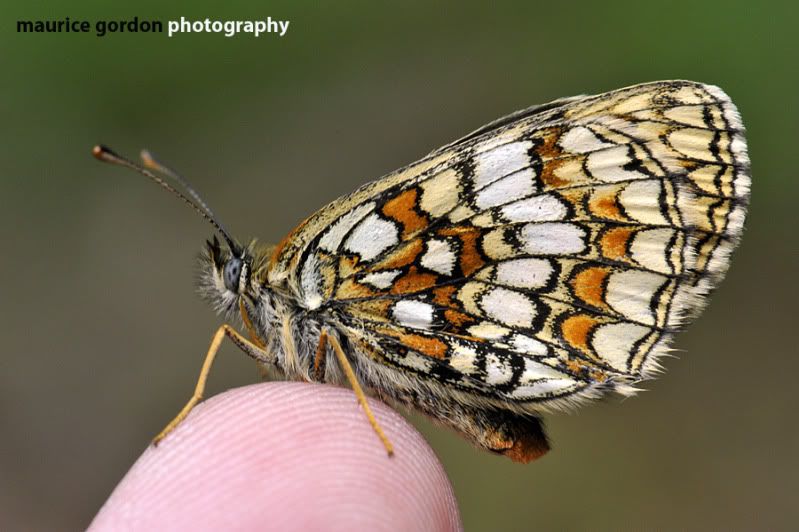
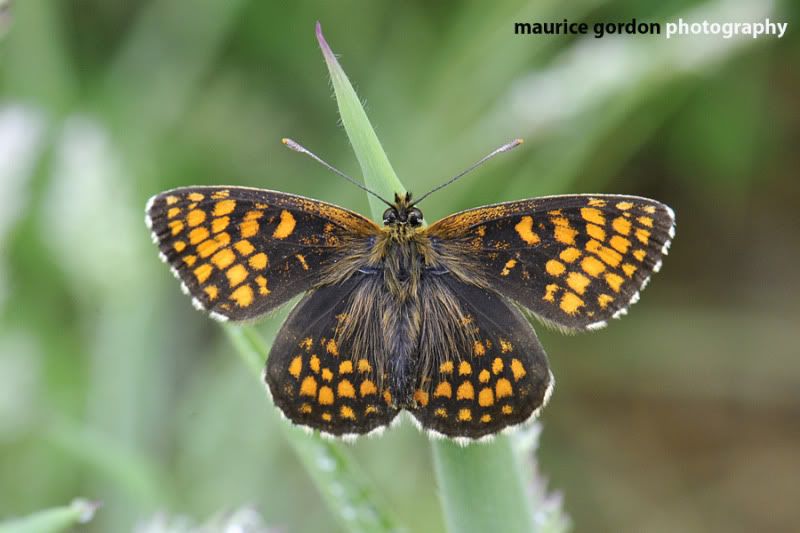
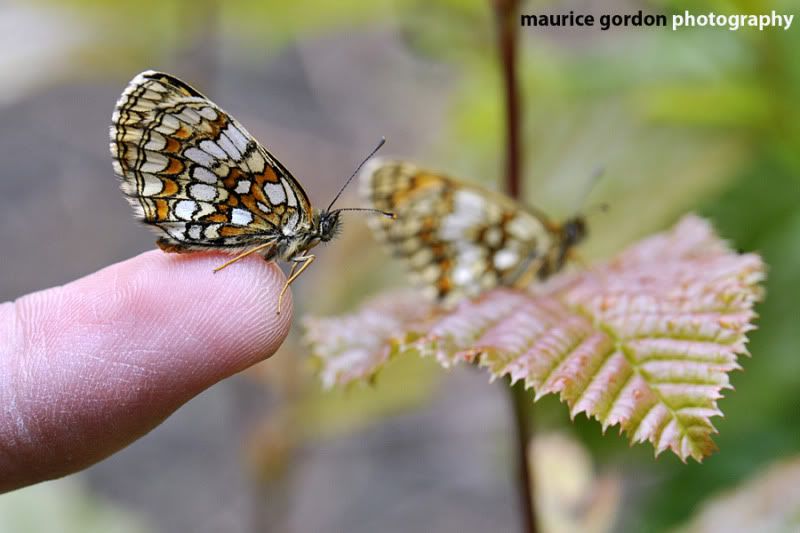
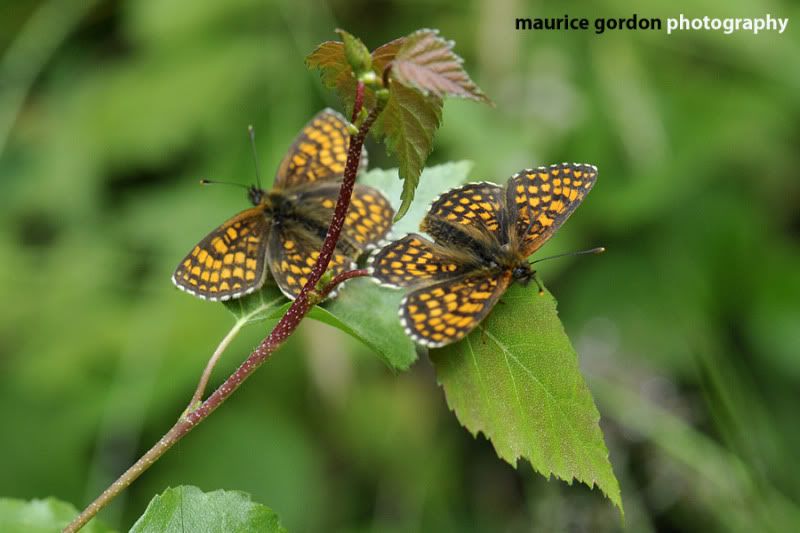

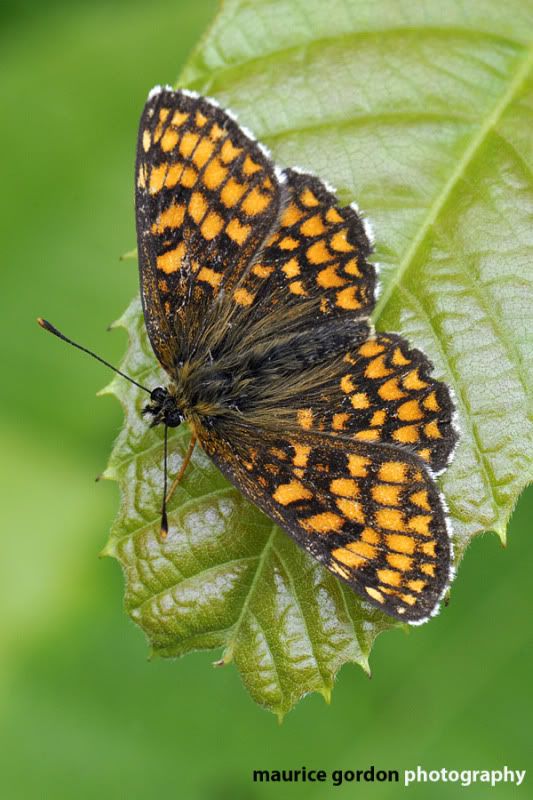
mating pair with larger female on right

Heath Fritillaries at rest are surprisingly difficult to spot
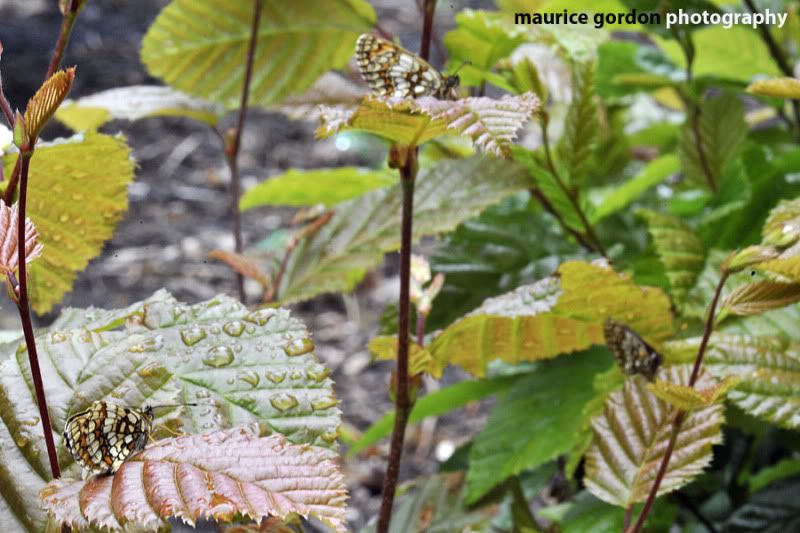
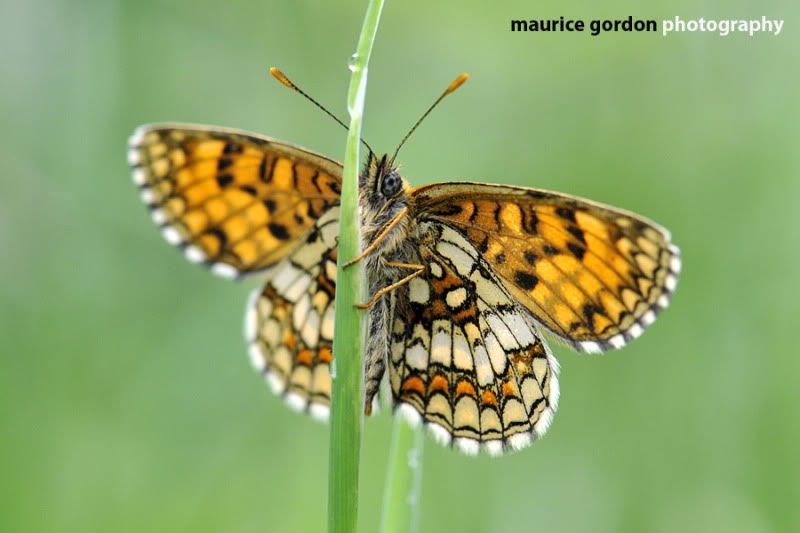
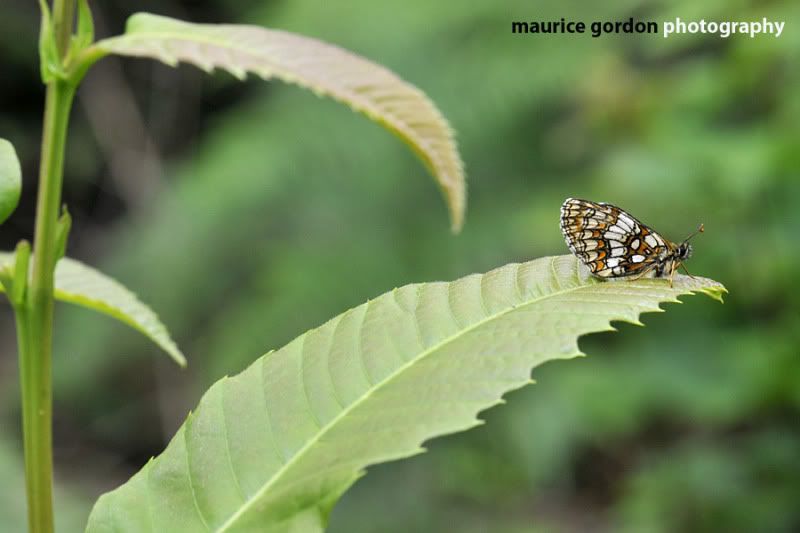
Speckled Bush Cricket juvenile - largely southern species also recently discovered in the East Riding
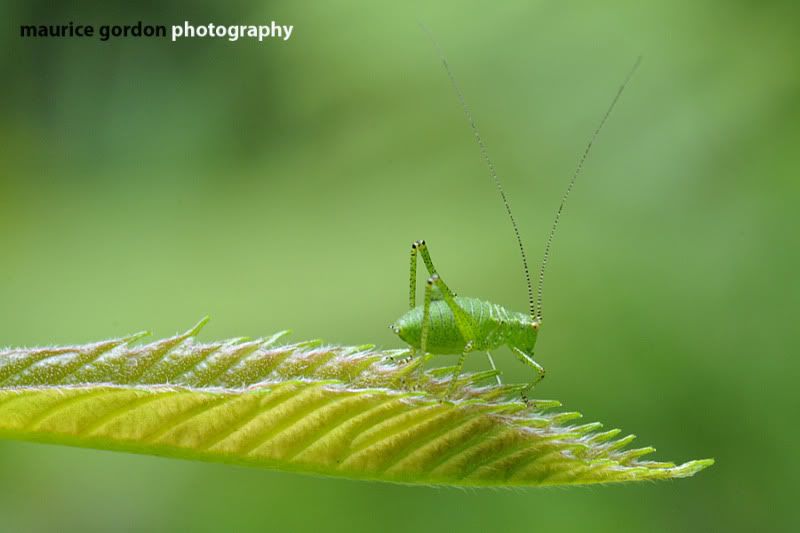
Rosy Footman moth
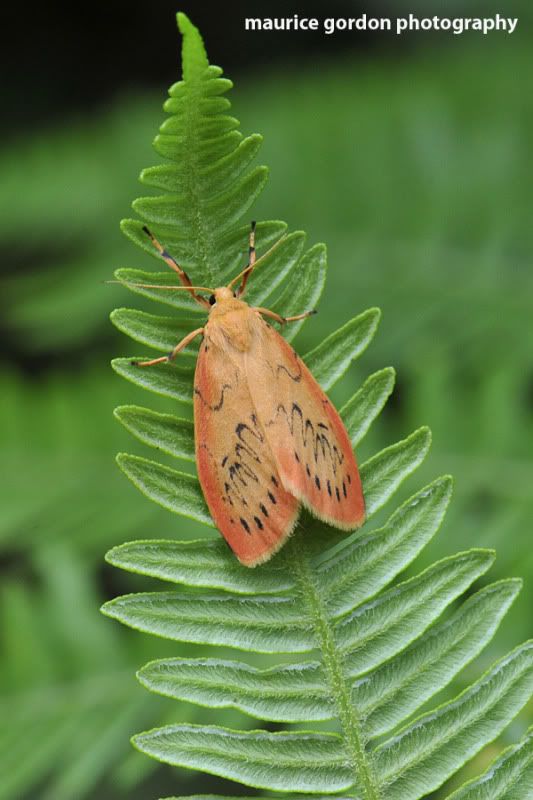
Bramble Shoot moth
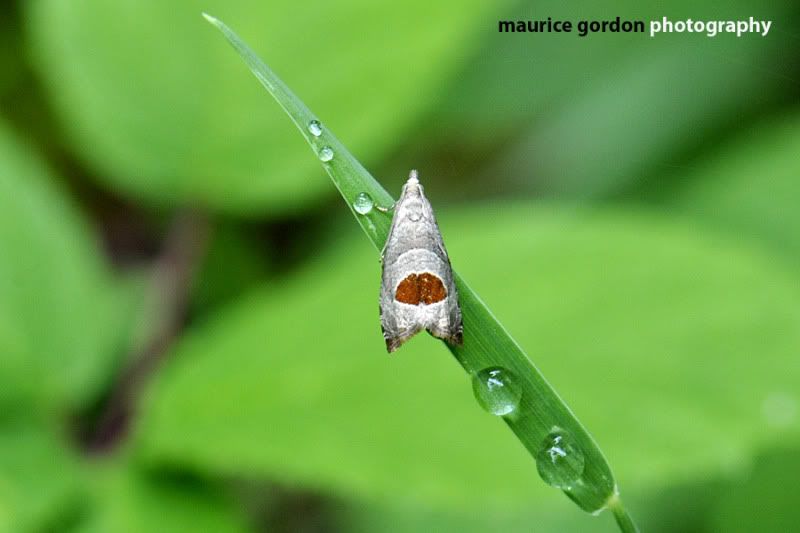
Four-dotted Footman moth
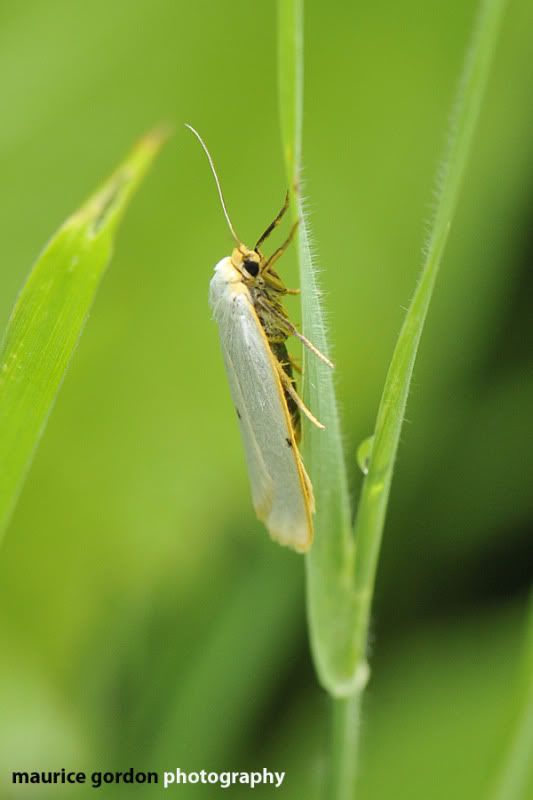
Saturday 18 June 2011
North Yorkshire Moors
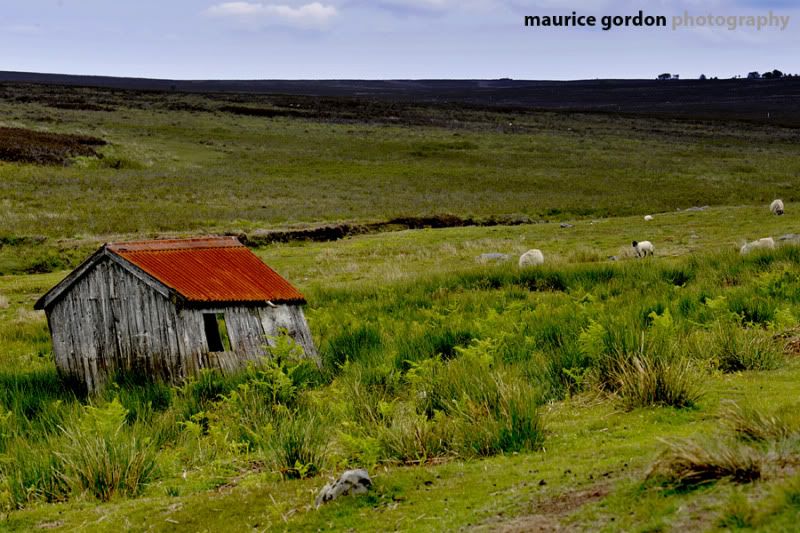
Shed and sheep on Snod Hill
I headed vaguely northwards on Friday morning hoping to see some Lepidoptera somewhere before the predicted heavy rain (which didn't show til the evening) set in in the afternoon. As the sun seemed to be reluctant to pack up for the day I kept going and ended up on the moors. Although conditions were warm and not too windy I only came across two Small Pearl-bordered Fritillaries, one which would only pose with wings shut and one with wings open which was nice! Sightings also included Whinchat too far away to photograph, Meadow Pipit, Tiger beetle, Common Lizard, lots of sheep, various moths and even a Treecreeper in a place where there aren't that many trees. The Large Heath butterfly still eludes me though there were plenty of Small Heath around.
Small Pearl-bordered Fritillary underside
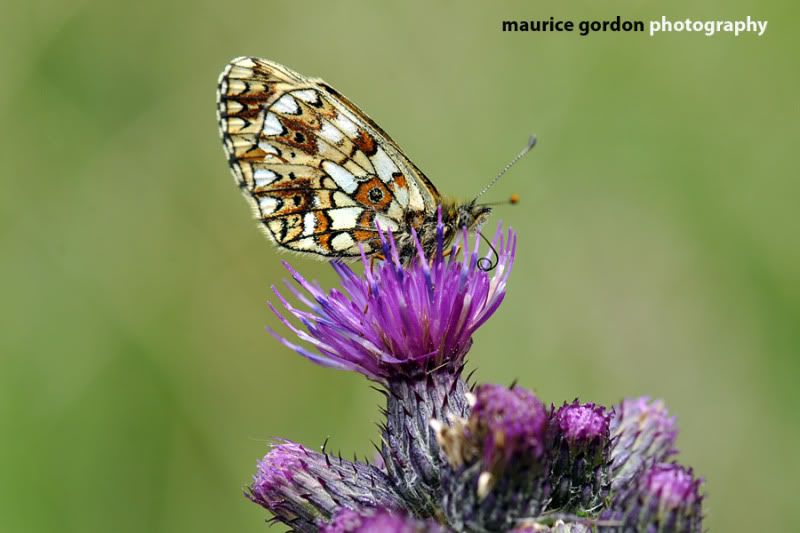
Small Pearl-bordered Fritillary upperside
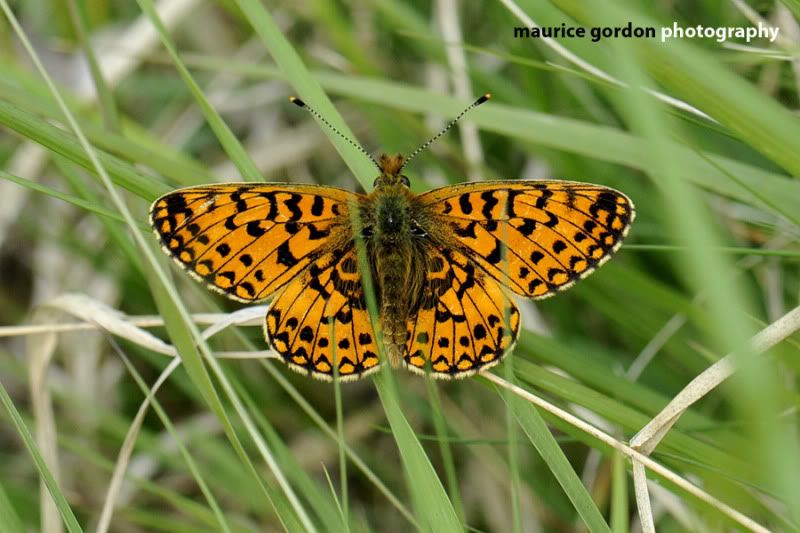
Pyla Fusca micromoth
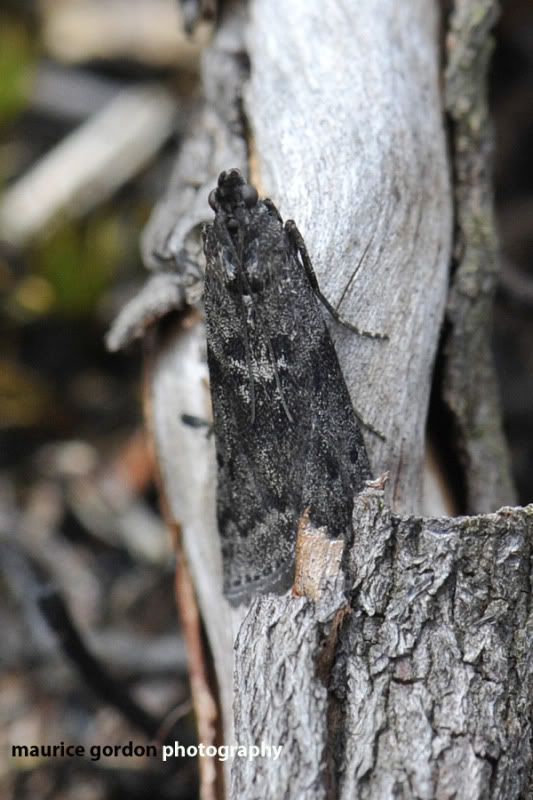
Cinnabar moth
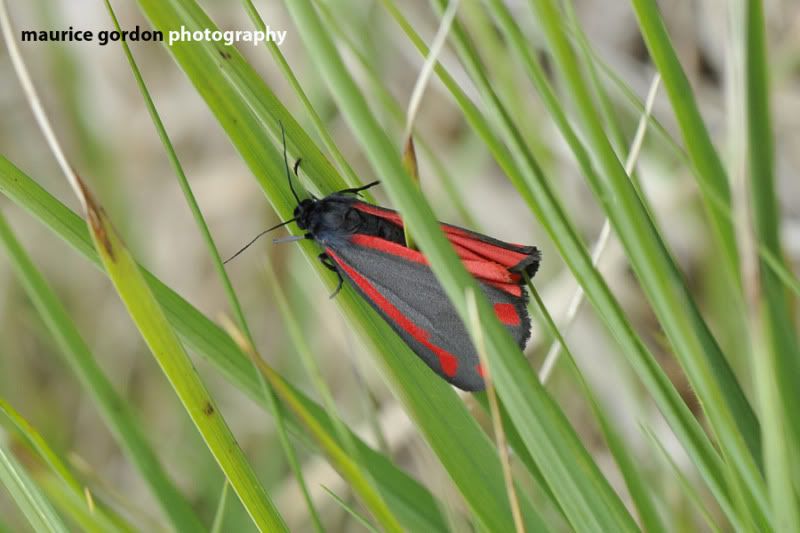
Common Carpet moth
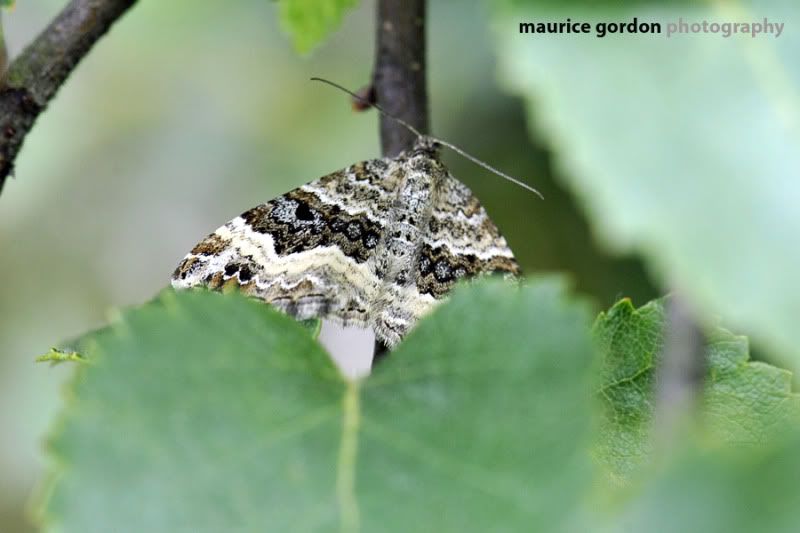
Small Heath butterfly below
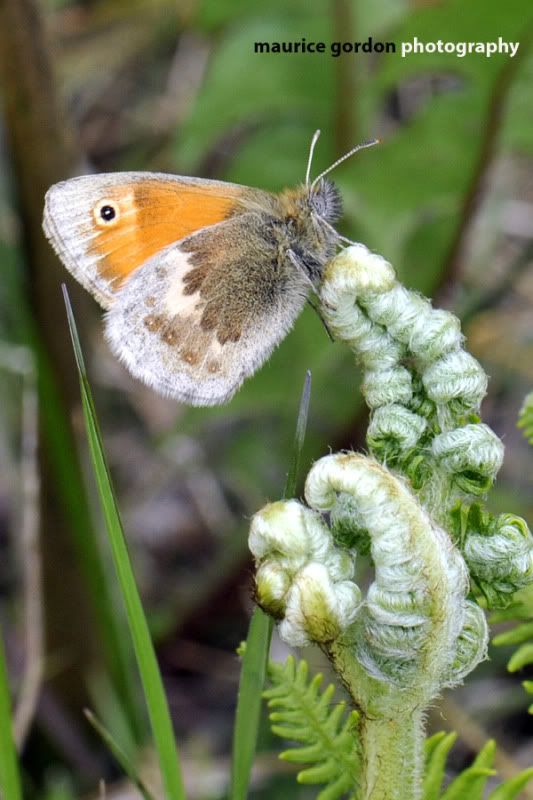
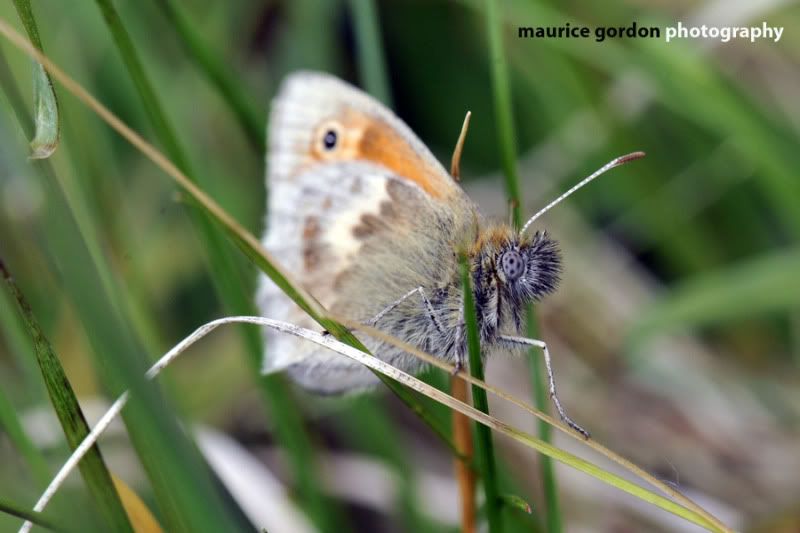
Wednesday 8 June 2011
Swallowtails revisited...
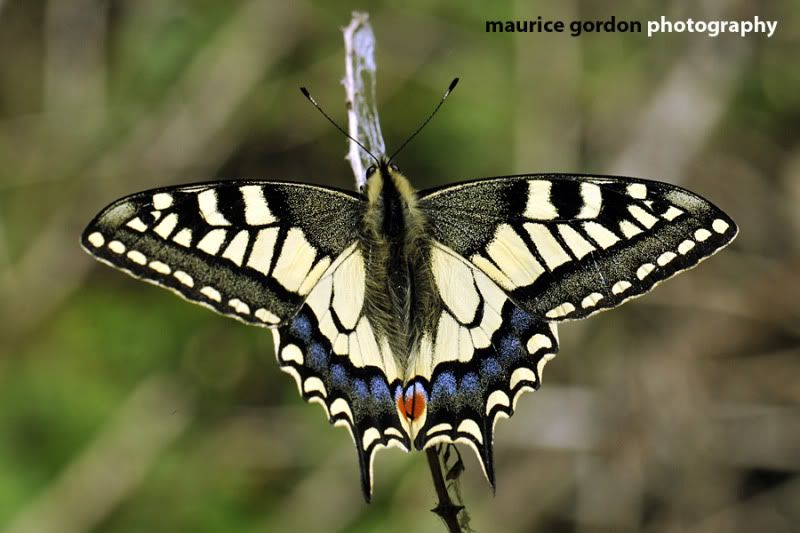
Friday was another hot day and I decided to head for Strumpshaw Fen RSPB reserve in Norwich. The reserve isn't very far from the city centre but boasts a varied selection of habitat including fen, woodland and meadow. Although I didn't manage any photos, Cettis Warblers were bellowing out their song all around the reserve. My target species were Swallowtails again and after walking through the fen with Norfolk Hawker and Scarce Chaser Dragonflies on the wing I didn't see any Papilio machaon britannicus. However, as the fen gave way to woodland I saw my first Swallowtail of the day gliding along. The flight is very strange as the butterflies seem to glide then hang in the air as if suspended from the end of a fishing rod! This individual posed very well for me in the wood (photo above). Further along the track you re-enter the fen and then come to the doctor's house. The doctor gardens specifically to attract insects and very generously doesn't mind passers by taking advantage of this oasis of nectar to take some photos. As we have had such a hot and dry Spring the nectar sources in the wild are currently few and far between, as I noticed at Catfield, so the Swallowtails were feasting on the doctor's flowers! Strumpshaw is a great reserve and I didn't have time to explore all of it. I would imagine there is plenty to see there all year round.
Swallowtails below in the doctor's garden
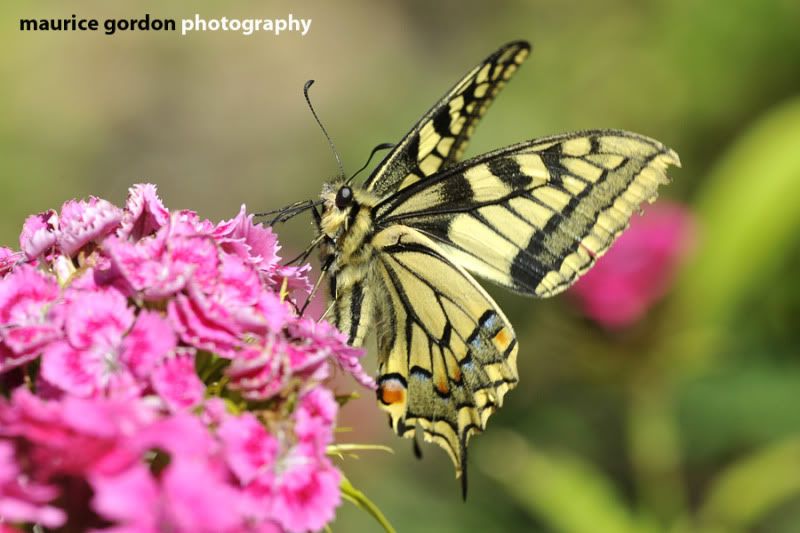
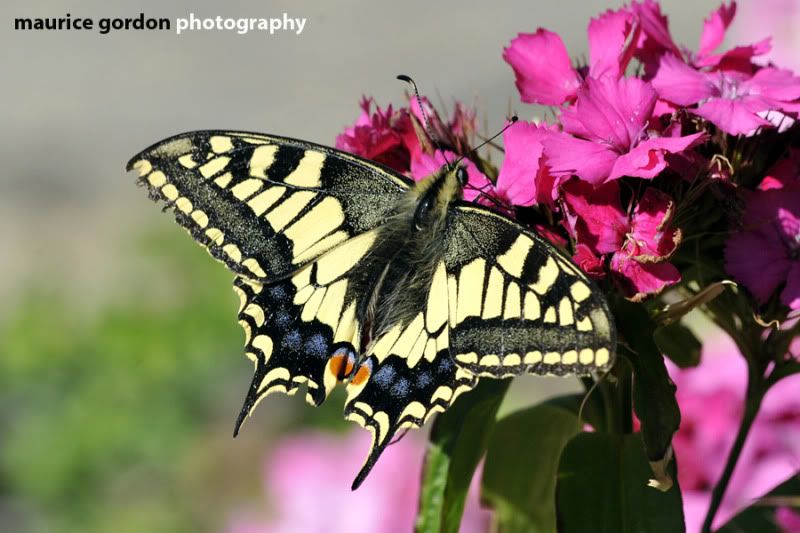
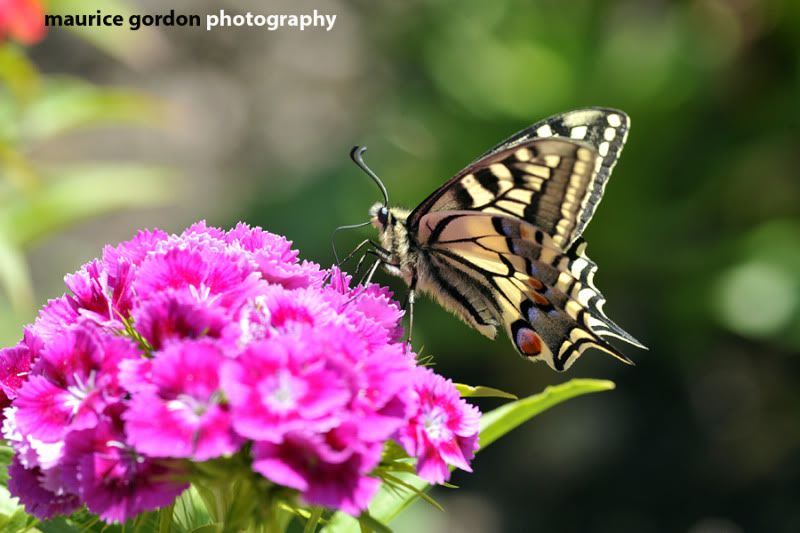
Scarce Chaser (female)
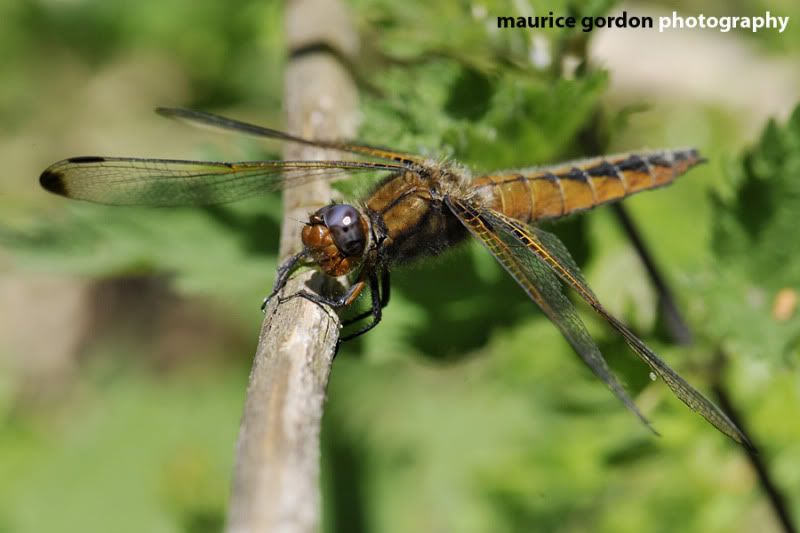
Norfolk Hawker (male) below
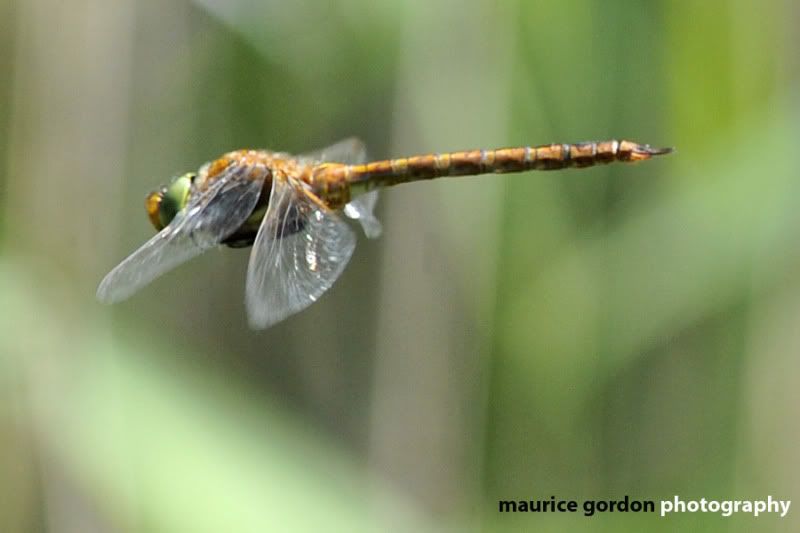
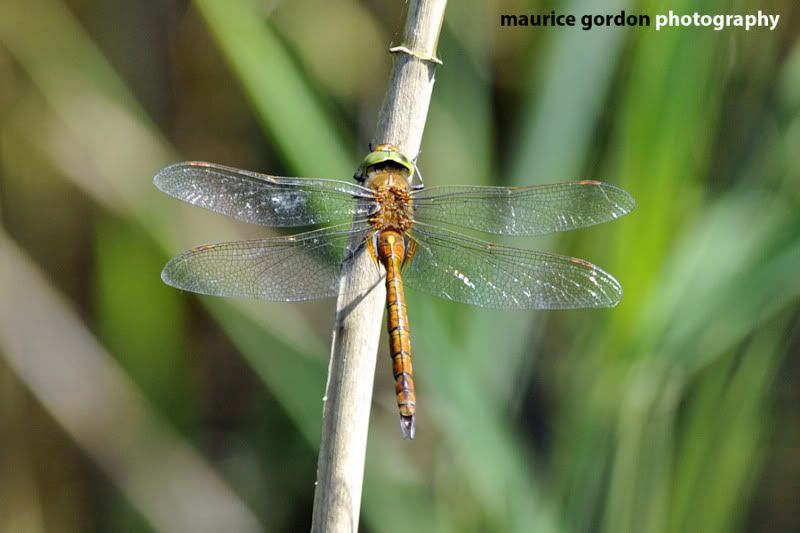
Sunday 5 June 2011
Wednesday 1 June 2011
On the Swallowtail trail...
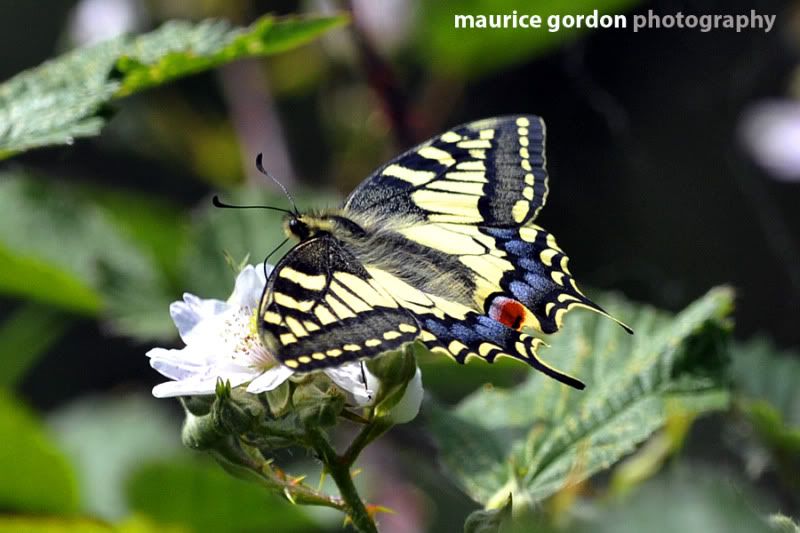
I've managed to be in Norfolk at the right time of year for Swallowtail butterflies for the past three years, but on each occasion it has rained! This time the conditions looked more promising. I headed for Hickling Broad on Sunday full of hope with the sun shining, but unfortunately as soon as I stepped out of the car the cloud appeared and the sunshine disappeared. Nevertheless my hopes were buoyed by speaking to people exiting the reserve who had all seen at least one Swallowtail. I enjoyed a vigorous walk around the excellent Norfolk Wildlife Trust reserve and had very good views of Cuckoo, Marsh Harrier, Hobby, Reed Buntings, House Martins and several juvenile Willow Warblers, but you guessed it, not a single Swallowtail.
Monday looked promising sunshine wise so I set off to Catfield Fen for a change of scenery. This Butterfly Conservation reserve is quite remote with no signs to it and no facilities once you have arrived - my favourite kind of place if I'm honest. There is just the fen and the path leading through it and of course in times gone by this habitat would have been very common in this part of eastern England. The only other person I met was cutting reeds for thatch, though with an electric mower not an oldy worldy scythe! As I walked around the reserve Swallowtails started to flit past me but none seemed prepared to stop to pose for a photo. Although Milk Parsley, the larval foodplant, was plentiful I realised there actually weren't many suitable nectaring plants along the pathways for the adults such as Thistle and Ragged Robin. This is largely due to the hot and dry Spring we have had. The Swallowtails are so early that many of their nectar plants have yet to fully emerge, hopefully this will not have any negative impacts on the butterflies population. The reserve was alive with Dragonflies too and I had my first views of Norfolk Hawker, a species also confined to the Broads area. I finally managed some photos of one individual Swallowtail nectaring on Bramble near to the most dangerously squidgy part of the fen. Not the closeups I had been hoping for as I couldn't get close enough to bring the macro to bear so had to rely on the 300mm. I'm sure gardens near to Catfield Fen will currently be getting frequent visits from Swallowtails on the hunt for nectar. I've since found there are other reserves on the Broads with garden areas specifically to attract these spectacular yet approachable butterflies so I hope to get the shots I am really after soon.
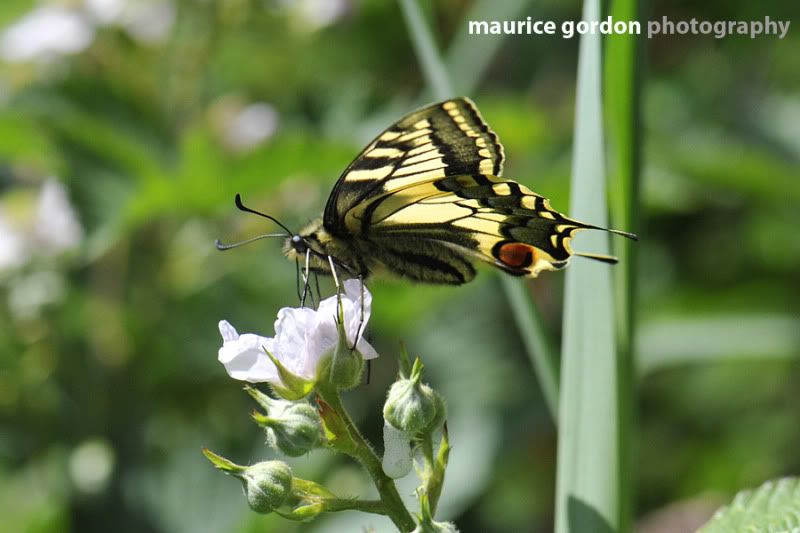
The old mill at Catfield Fen with Norfolk Hawker inset
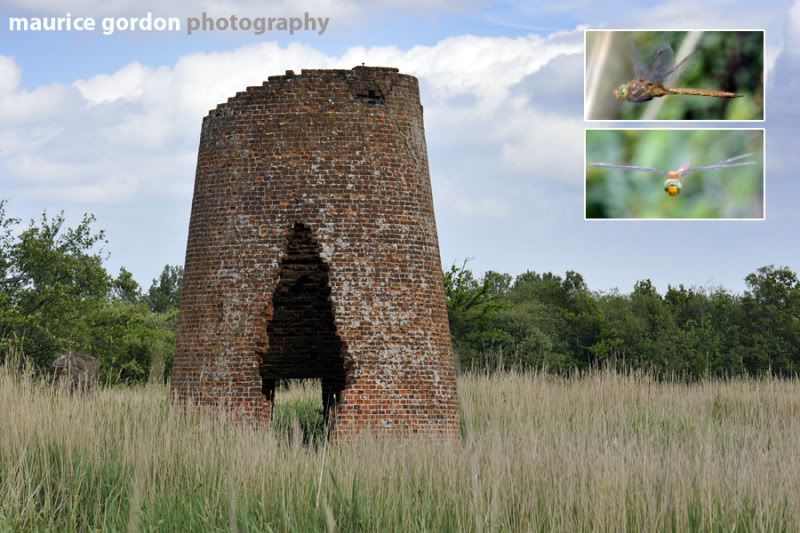
Four-spotted Chaser
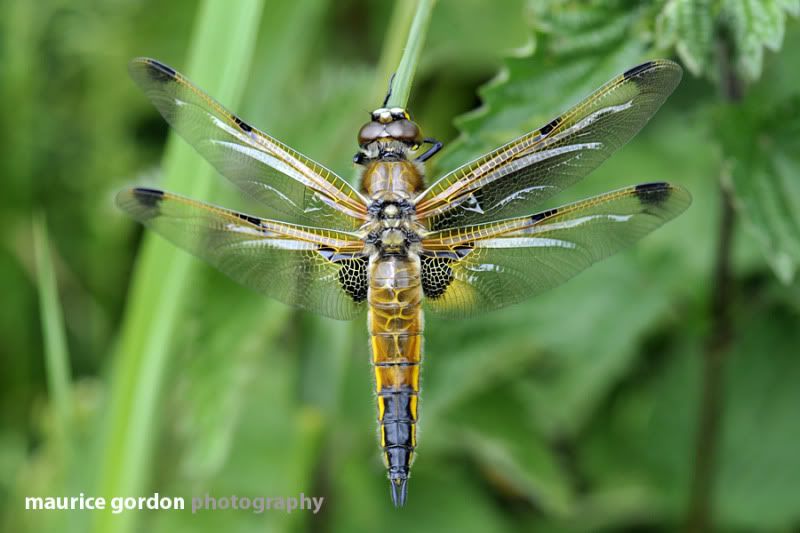
Hairy Dragonfly
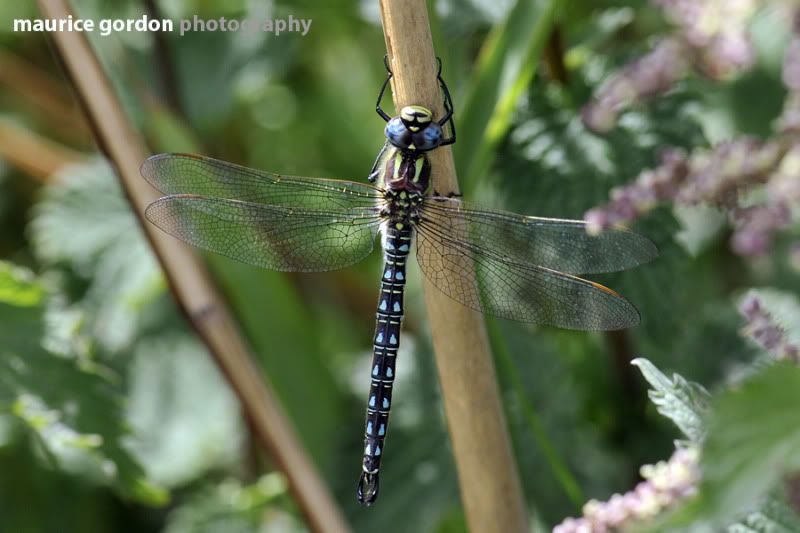
Azure Damselflies
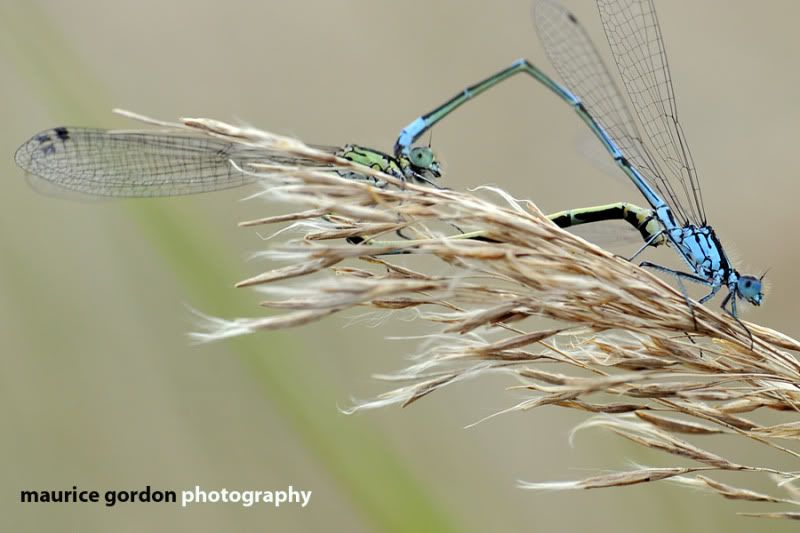
Willow Warbler shot against white featureless sky so using manual settings to achieve correct exposure for the subject. Something those who have attended my courses will know all about!
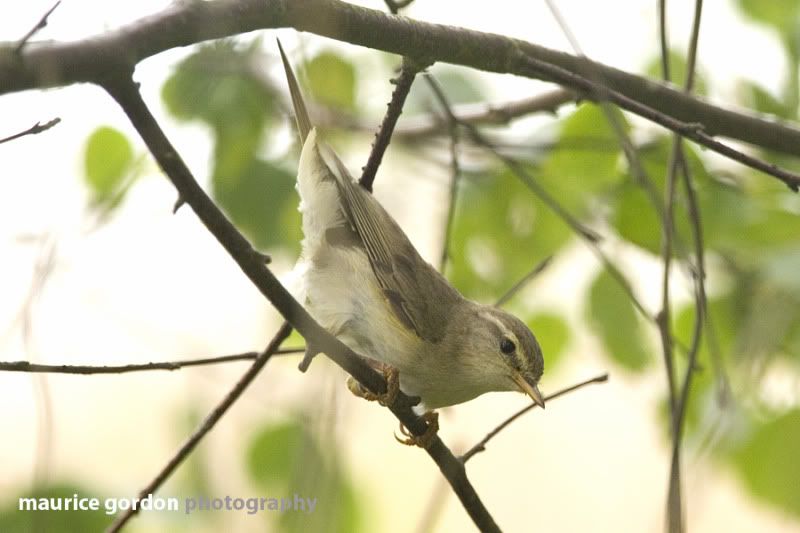
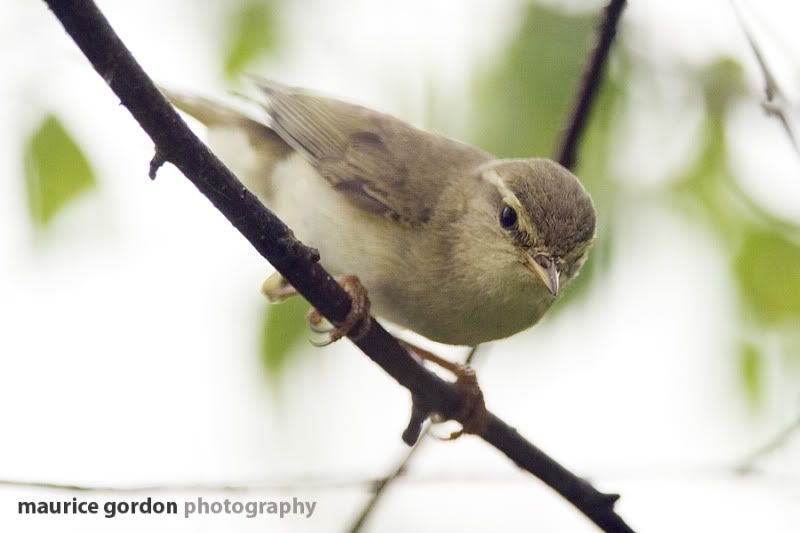
Subscribe to:
Posts (Atom)

